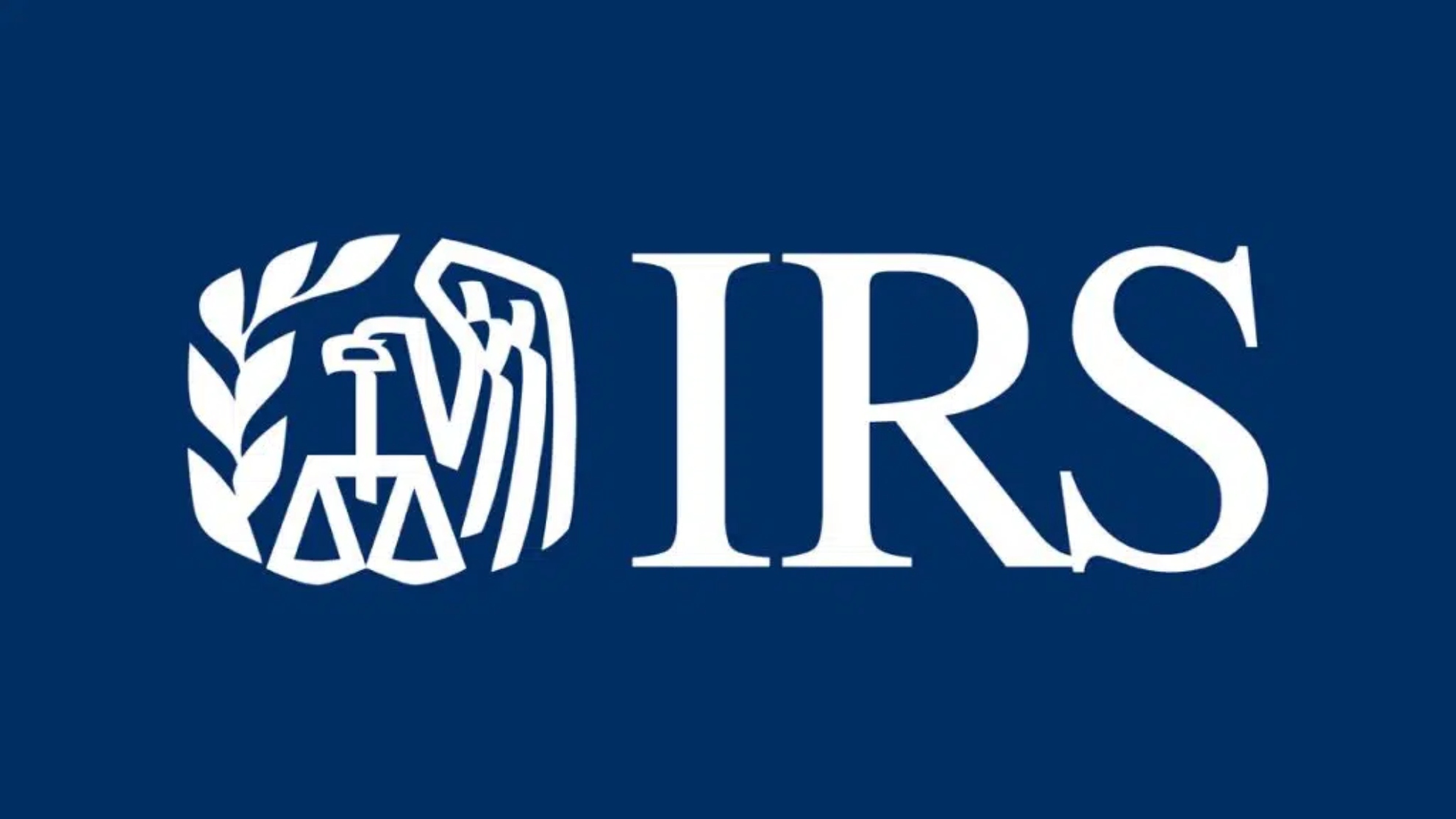The Tax Foundation (TF) in the US has recently recommended that, as the primary function of the Internal Revenue Service should be to collect tax revenue, it would be best to move the functions of refundable tax credits outside the tax code and instead to locate them in spending programs.
In the 2011 fiscal year, the IRS paid out USD99.1bn in refundable tax credits, down from a peak of over USD120bn in 2009. The largest refundable credits are the Earned Income Tax Credit (EITC), at USD65bn annually, and the Additional Child Tax Credit, at USD30bn per year. The total amount of refundable tax credits is projected to double due to the new form of transfer payment through the IRS in the Affordable Care Act (ACA) of 2010, to about USD100bn annually by 2017. In that case, total tax expenditures associated with refundable credits are projected to surpass USD200bn annually.
The TF has pointed out that in the case of refundable tax credits the IRS is giving out revenue instead of its usual function of collecting taxes. This could be regarded as a form of mission creep which is not within the main functions of the IRS. Recent acts of Congress, particularly the American Recovery and Reinvestment Act of 2009 and the ACA, have dramatically increased the scope of the tax credits.
Also, overpayments for refundable tax credits are a problem for the IRS (with an overpayment rate of 25 percent being estimated for the EITC). These are generally higher than for subsidies operated through spending programs, primarily because the tax agency cannot verify that applicants meet all eligibility requirements before benefits are paid.

















